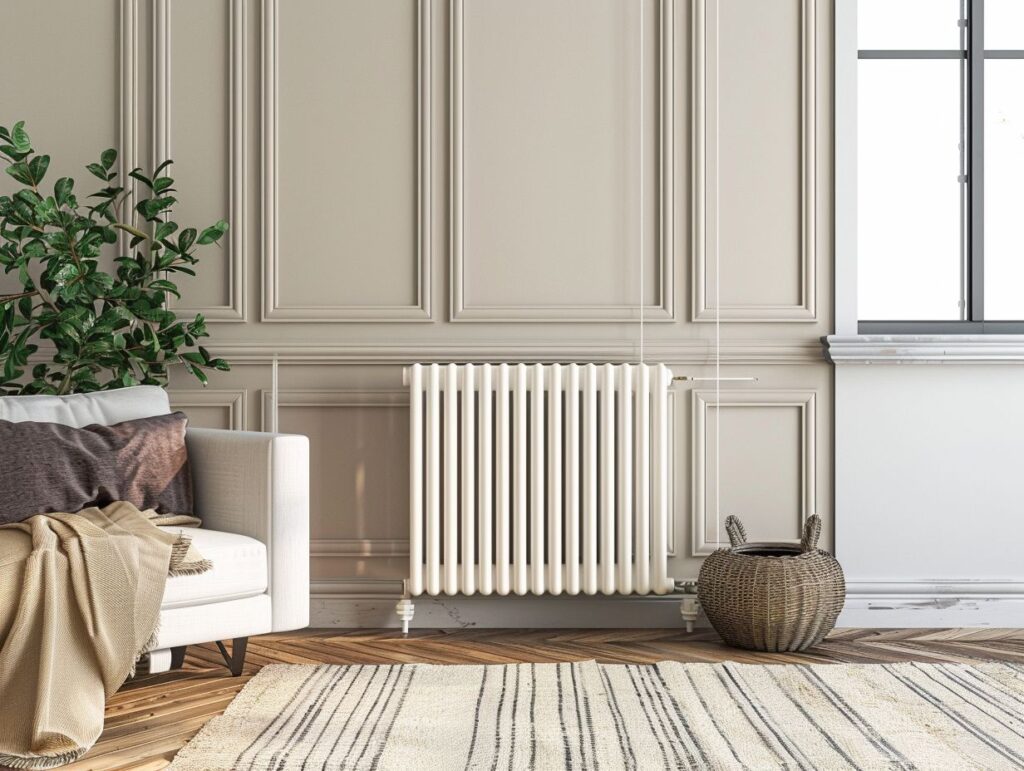Traditional radiators have been a favoured choice for heating for many years, but have you ever wondered how they operate? When it comes to the energy efficiency of traditional radiators, several factors come into play. These include insulation and heat loss, as well as the size and placement of the radiators themselves.
In our discussion, we will draw comparisons between traditional radiators and other heating systems in terms of efficiency and cost. Additionally, we will offer insights into enhancing energy efficiency through proper insulation and maintenance practices. Furthermore, we will delve into alternative heating options that may prove to be more energy efficient.
Keep reading to delve deeper into this topic!
Key Takeaways:
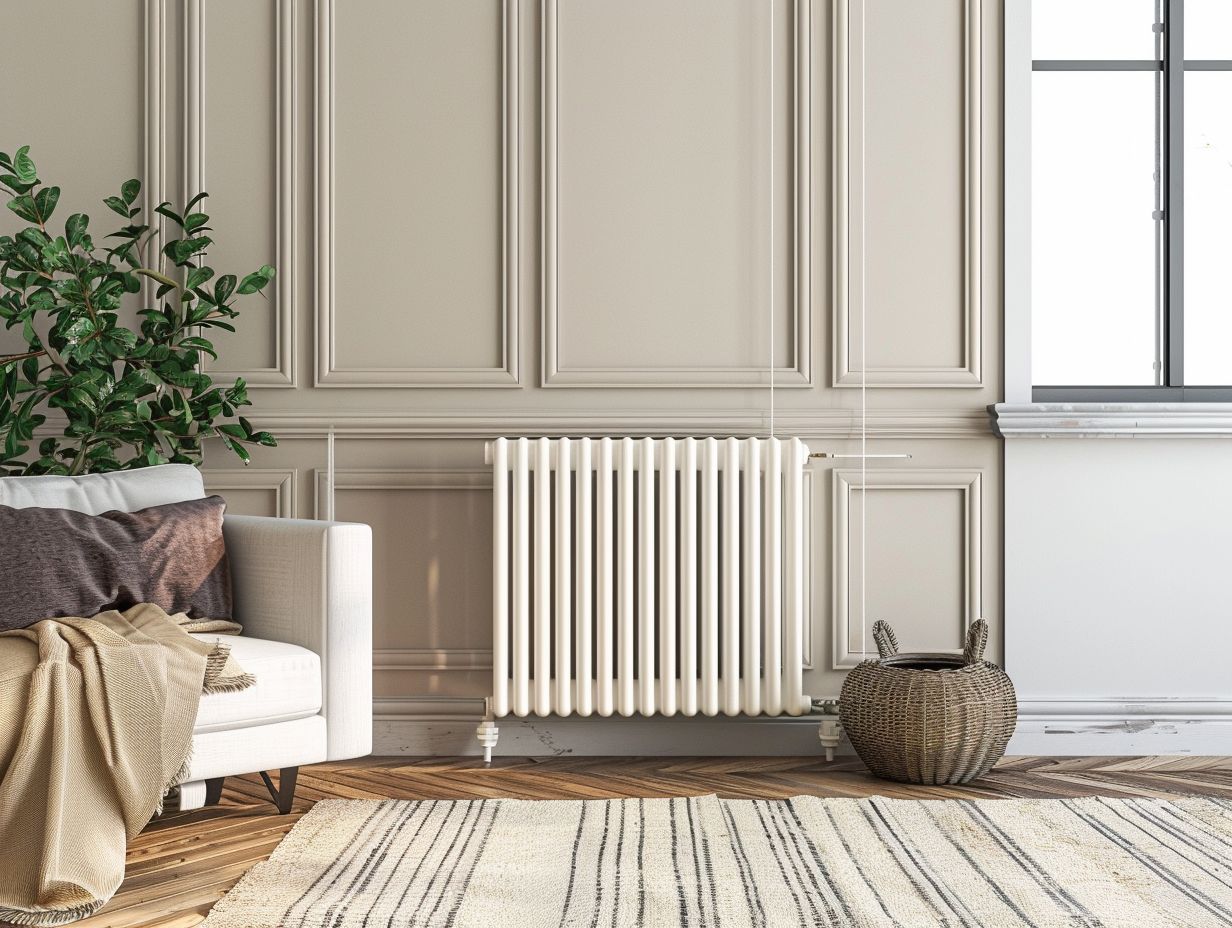
- Traditional radiators may not be the most energy efficient heating option due to factors such as heat loss, size, and placement.
- To improve energy efficiency of traditional radiators, proper insulation and regular maintenance are crucial.
- Exploring alternative heating options can significantly reduce energy consumption and cost, making them a more sustainable choice for the environment and your wallet.
Factors Affecting Energy Efficiency
Several factors influence the energy efficiency of traditional radiators, such as insulation quality, heat loss through windows and doors, radiator size, and strategic placement within a room. Understanding these factors is crucial for optimising the heating system in your home or commercial space.
Regarding insulation quality, investing in good insulation materials for your walls and ceilings can significantly reduce heat loss and improve the overall efficiency of your radiators. Ensuring that windows and doors are properly sealed and insulated can prevent cold draughts and heat escape.
The size of the radiator also plays a crucial role. A radiator that is too small for a room will have to work harder to maintain a comfortable temperature, leading to higher energy consumption.
Strategic placement of radiators can further enhance efficiency. Placing them near windows or in the coldest areas of the room can effectively counteract heat loss. Understanding and addressing these factors will help optimise the energy efficiency of your heating system.
Insulation and Heat Loss
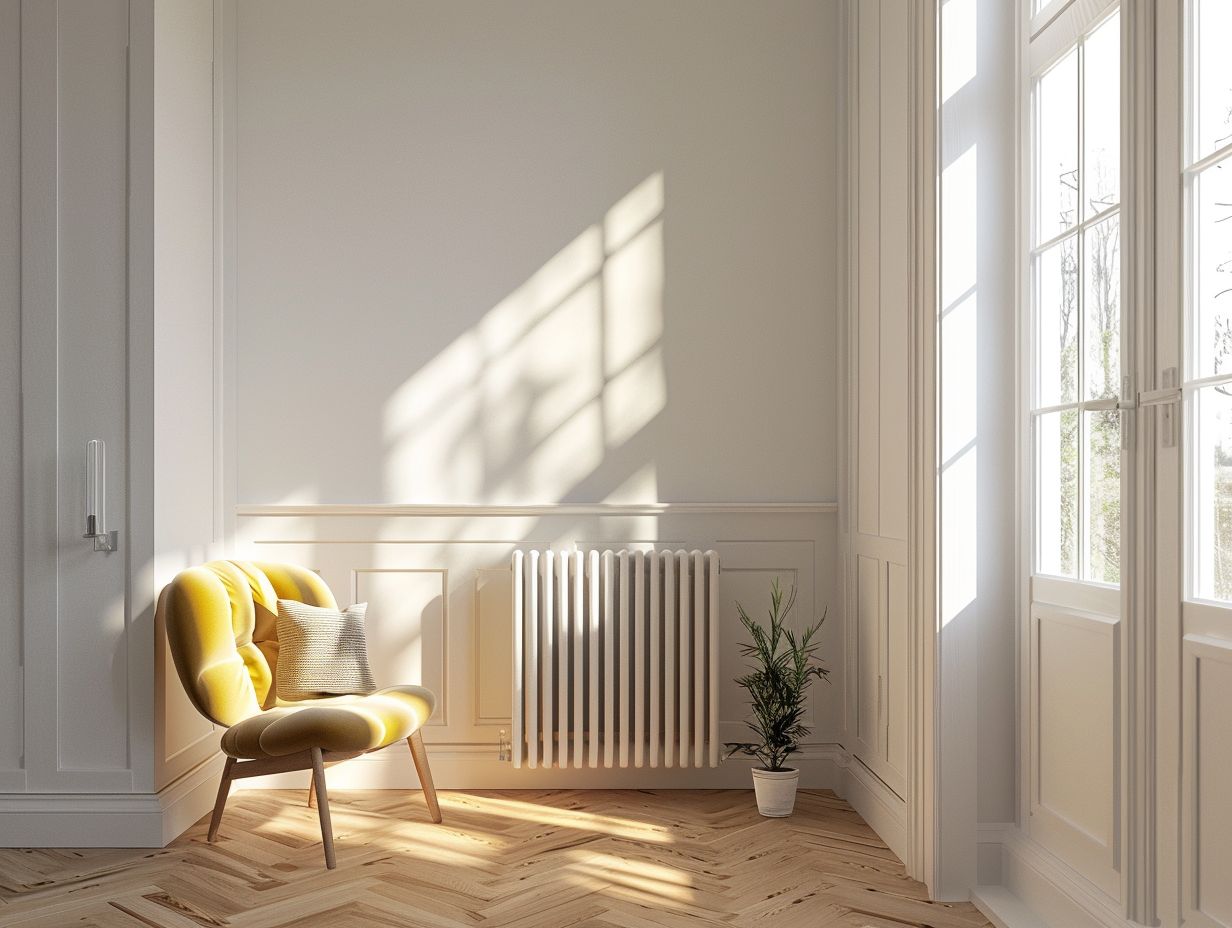
In ensuring energy efficiency in traditional heating systems, proper insulation is crucial. By reducing heat loss through well-insulated walls and windows, you can improve the system’s operation, lower energy consumption, and increase comfort levels in the room.
This becomes especially important during colder months when the demand for heating is high. Insulation serves as a barrier that retains heat indoors, maintaining a steady temperature and relieving strain on the heating system.
Common insulation materials like fibreglass, cellulose, and foam boards offer different levels of thermal resistance. Fibreglass stands out as one of the most popular choices due to its cost-effectiveness and efficiency.
To maintain insulation efficiency, it is essential to regularly inspect and replace worn-out insulation, seal any gaps, and ensure proper ventilation. These practices are key to preserving energy efficiency in heating systems.
Size and Placement
Optimising the size and placement of traditional radiators is essential for efficient heating in your room. Choosing the appropriate radiator size based on the dimensions of the room and strategically placing them to maximise heat distribution are crucial elements in achieving optimal energy efficiency.
Designer radiators combine functionality with style, offering a diverse range of options to complement various room aesthetics. Whether you prefer sleek modern designs or classic columns, there is a radiator to suit your taste and heating needs. For example, column radiators not only bring elegance to a room but also provide efficient heating due to their larger surface area.
By selecting radiators that seamlessly blend with your decor while providing excellent heating capabilities, homeowners can enhance both the visual appeal and comfort of their living spaces.
Comparing Traditional Radiators to Other Heating Systems
When comparing traditional radiators to other heating systems, it is essential for you to consider factors such as energy efficiency, cost-effectiveness, and overall heating performance.
Understanding the unique characteristics of each system can assist customers, heating consultants, and architects in making informed decisions based on their specific requirements.
Traditional radiators have remained a popular choice for many years, offering consistent warmth and a timeless aesthetic to homes.
Conversely, alternative heating systems such as underfloor heating or heat pumps are gaining prominence due to their superior energy efficiency and lower operational costs.
Heating consultants frequently recommend these newer systems for their ability to distribute heat more evenly across a space, resulting in enhanced comfort levels.
Architects also value the flexibility that alternative systems provide in terms of design and installation, allowing for increased creativity in building layouts.
Customer feedback on platforms like reviews.io often lauds the energy savings and improved heating performance associated with transitioning to alternative systems. This trend underscores a shift towards more sustainable and cost-effective heating solutions in the marketplace.
Efficiency and Cost Comparison
When considering an upgrade to your heating system, it is essential to carefully assess the efficiency and cost differences between traditional radiators and modern heating systems.
By evaluating factors such as energy efficiency ratings, heat output capacity, and overall cost-effectiveness, you can make an informed decision about which heating solution best suits your home.
Although traditional radiators may have a nostalgic appeal, they often fall short in terms of energy efficiency compared to modern heating systems.
Contemporary heating systems leverage advanced technology to optimise heat output while minimising energy consumption, leading to considerable long-term cost savings.
By taking into account measurements like BTU output and energy efficiency ratings, you can select a heating solution that not only enhances comfort but also helps lower utility bills and promotes environmental sustainability in your household.
Improving Energy Efficiency of Traditional Radiators
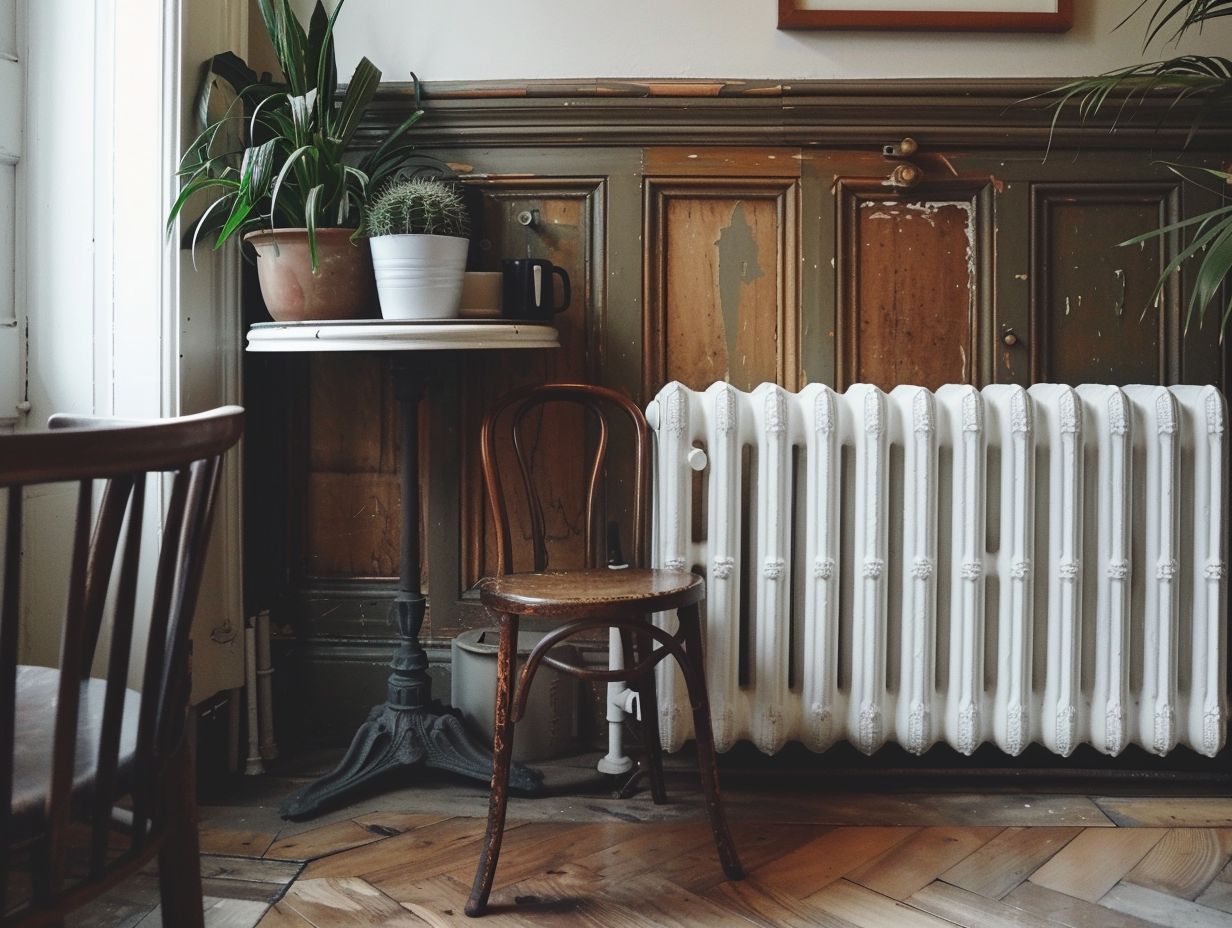
Improving the energy efficiency of traditional radiators involves implementing maintenance strategies, upgrading insulation, and optimising the heat output capacity of the radiators. By adopting these practices, you can enhance the overall heating performance while reducing energy consumption and associated costs.
Regular maintenance is crucial for ensuring the efficient functioning of radiators. Bleeding radiators to eliminate trapped air can boost their effectiveness. It is important to check that the radiator valves are operational and free of leaks.
Upgrading the insulation surrounding the radiators, such as by using reflective panels or installing radiator reflector foils behind them, can help minimise heat loss. Adjusting the placement of radiators can also impact how effectively heat is distributed within a room.
Understanding the specific characteristics of column radiators and how they affect heat dispersion is essential for optimising energy efficiency.
Insulation and Maintenance Tips
Implementing proper insulation and regular maintenance routines is essential for optimising the energy efficiency of traditional heating systems.
You need to focus on selecting high-quality insulation materials, conducting periodic radiator maintenance, and exploring different radiator styles to improve overall heat output and comfort levels in your space.
To reduce heat loss from radiators and lower energy consumption, effective insulation is crucial. By investing in insulation sleeves or reflective panels, you can retain heat within the radiators, ensuring efficient heat distribution.
Consistent maintenance checks, like bleeding radiators to eliminate trapped air, are necessary for maintaining peak performance.
Consider the style of your radiator when aiming to maximise heat output. For example, column radiators provide larger surface areas for heat dissipation. When you combine these strategies, you will enhance energy efficiency and create a warm and inviting home atmosphere.
Alternative Heating Options
When considering heating options beyond traditional radiators, you have a range of innovative solutions available that offer efficient and modern heating capabilities. Whether you opt for classic cast iron radiators or modern energy-efficient systems, there are choices to suit various heating requirements and interior design preferences.
Cast iron radiators are renowned for their durability and timeless aesthetics, bringing a classic charm to any space while effectively dispersing heat. On the other hand, modern energy-efficient systems leverage advanced technology to lower energy consumption, resulting in reduced utility costs and environmental impact.
Innovative heating materials like radiant floor heating and thermal mass walls utilise thermal conductivity to provide efficient warmth. These alternative options not only enhance comfort but also introduce a touch of sophistication to your home’s heating system.
Exploring More Energy Efficient Alternatives
Exploring more energy-efficient heating alternatives can provide you, as a homeowner, with opportunities to improve heating performance while maintaining modern design aesthetics. Options such as steel radiators and designer alternatives offer efficient heating solutions that can seamlessly complement various room styles and heating needs.
Steel radiators are a popular choice for consumers who prioritise durability and heat retention, especially those who are environmentally conscious. Designer options not only offer energy efficiency but also add a touch of sophistication to any space, effectively blending functionality with style.
Modern heating systems, equipped with advanced technology and customisable settings, offer a high degree of flexibility and control. This allows you to personalise the heating experience according to your specific preferences.
Whether you opt for a sleek vertical radiator in a minimalist living room or a decorative radiator in a cosy bedroom, these alternatives can enhance both the visual appeal and comfort levels of any room.
Frequently Asked Questions
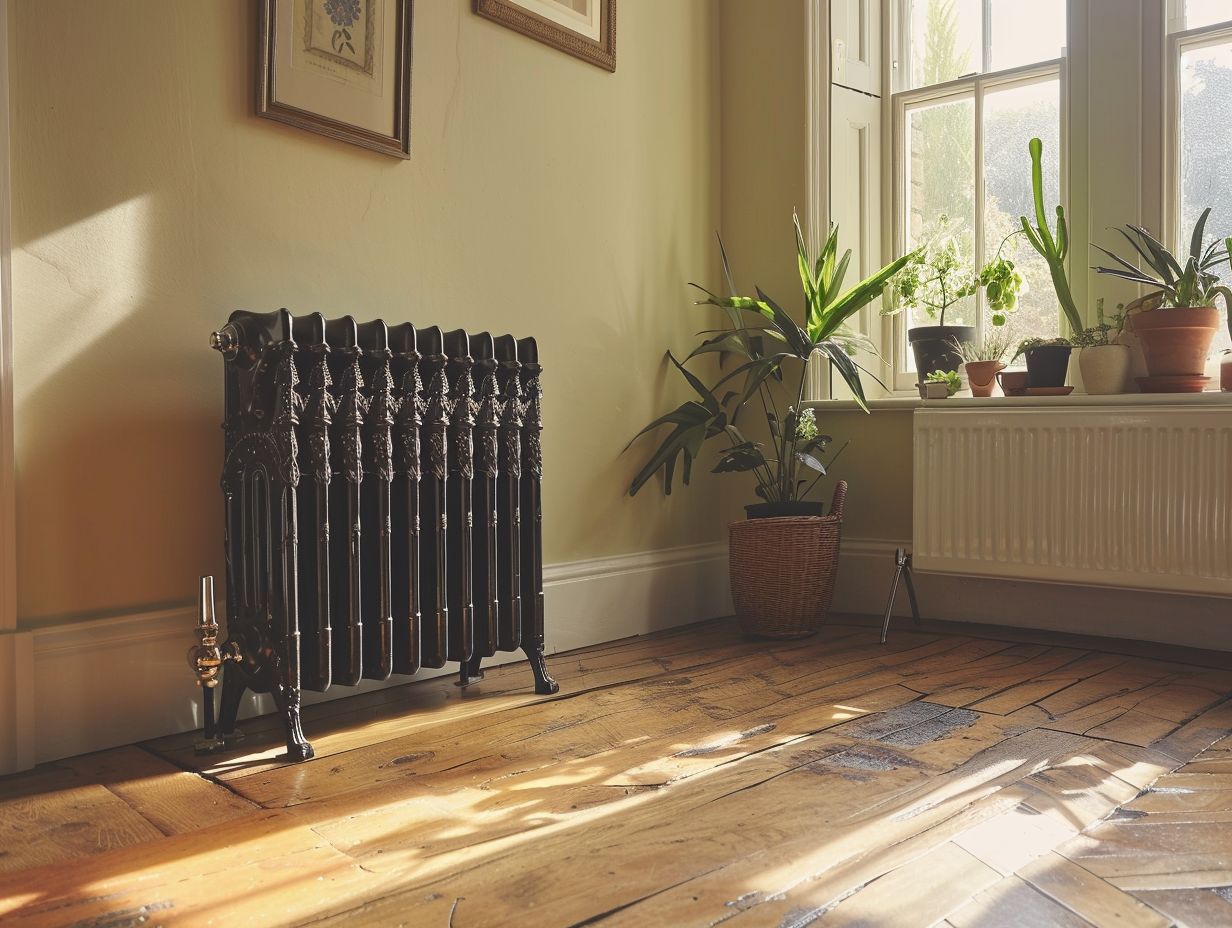
Are Traditional Radiators Energy Efficient?
It depends on various factors such as the age, size, and type of traditional radiator. Older models may not be as energy efficient as newer ones.
How do traditional radiators compare to modern energy efficient models?
Modern energy efficient radiators are designed to use less energy, making them more energy efficient compared to traditional radiators. They also have features such as timers and thermostats which can further improve their efficiency.
What are some ways to improve the energy efficiency of traditional radiators?
One way to improve their efficiency is by installing radiator reflector panels behind the radiators to reflect heat back into the room. Regular maintenance and bleeding of the radiators can also improve their efficiency.
Do traditional radiators consume a lot of energy?
It depends on how they are used. If they are left on for long periods of time at high temperatures, they can consume a significant amount of energy. However, if used efficiently, their energy consumption can be reduced.
Do traditional radiators contribute to higher energy bills?
If not used efficiently, traditional radiators can contribute to higher energy bills. However, with proper maintenance and usage, energy bills can be kept under control.
Should I replace my traditional radiators with modern energy efficient models?
It depends on your budget and current energy usage. If your traditional radiators are in good condition and you use them efficiently, there may not be a need to replace them. However, if you are looking to reduce your energy consumption and bills, investing in modern energy efficient radiators may be a good option.

